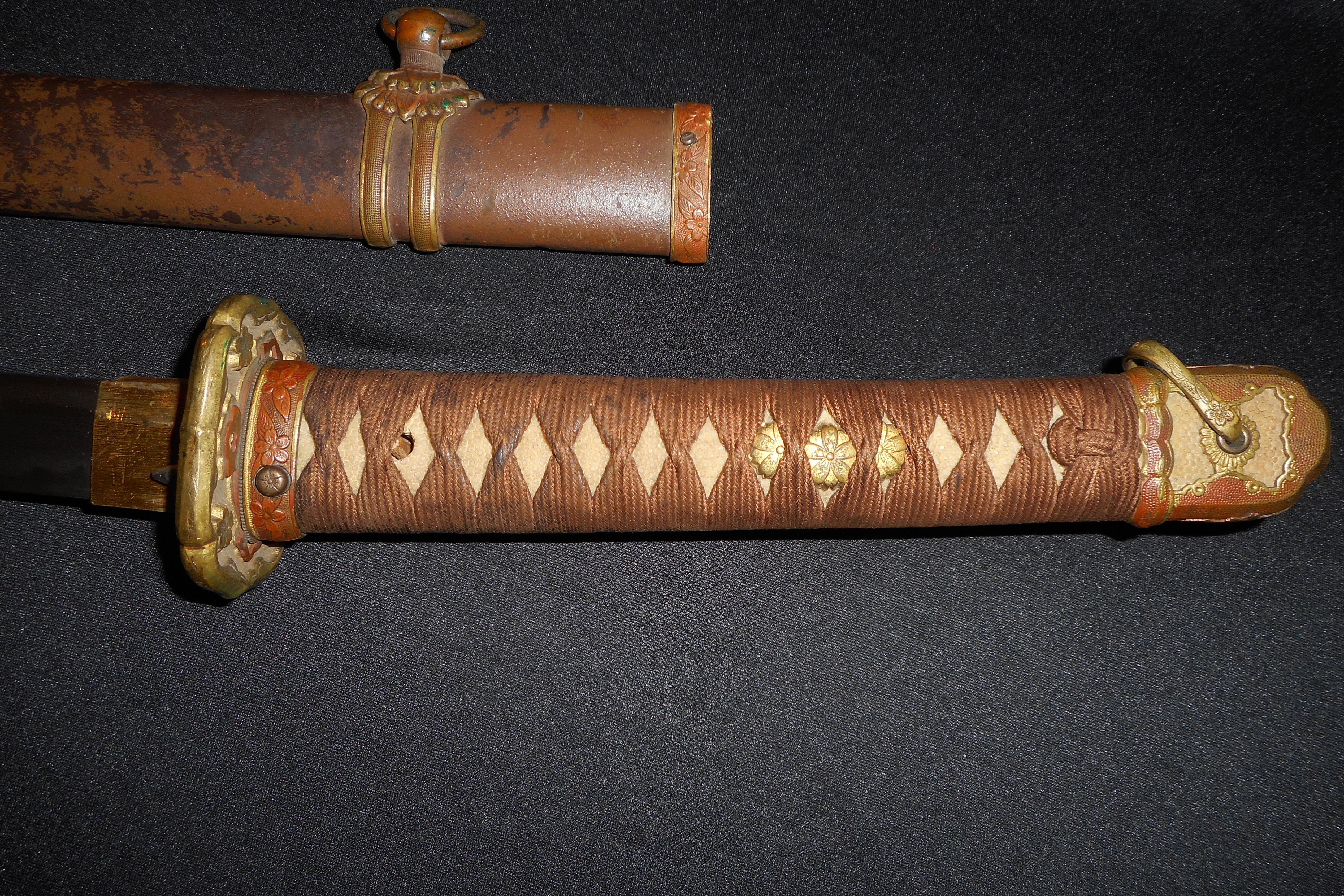In the intricate tapestry of Japanese history, the samurai stand out as an iconic symbol of honor, discipline, and martial prowess. At the heart of their legendary status lies the katana, a weapon that transcends its role as a mere tool of war to become a symbol of profound cultural significance. The katana, with its distinctive curved blade and unparalleled craftsmanship, played a pivotal role in shaping the aesthetic sensibilities of the samurai. More than just a weapon, the katana was a manifestation of the samurai’s soul, an embodiment of their code of Bushido – the way of the warrior. Crafted with meticulous precision by skilled swordsmiths, the katana was not only a lethal instrument in battle but also a work of art. The process of forging a katana involved a delicate dance between fire and steel, resulting in a blade of exceptional sharpness and strength. The intricate hamon temper line that adorned the blade was not merely a decorative element but a testament to the blade’s resilience and the mastery of the smith.

This careful craftsmanship extended to every aspect of the katana, from the tsuka hilt to the tsuba handguard, creating a harmonious and balanced whole. The samurai regarded their katana as an extension of themselves, a partner in their journey through life and death. Beyond its practical applications, the katana played a crucial role in defining the aesthetics of the samurai. The samurai code of Bushido emphasized not only martial skill but also an appreciation for the arts and the pursuit of beauty. The katana, with its sleek design and deadly efficiency, embodied this synthesis of strength and elegance. Samurai warriors took great pride in their swords, often adorning them with elaborate fittings and personalized embellishments. The katana sword became a canvas for artistic expression, reflecting the individuality and identity of its wielder. The concept of bushido itself, meaning the way of the warrior, encapsulates the unique fusion of martial prowess and refined aesthetics that defined the samurai ethos.
The discipline required for mastering the art of the katana extended beyond the battlefield and permeated every aspect of a samurai’s life, influencing their behavior, attire, and even tea ceremonies. In addition to its aesthetic and symbolic significance, the katana played a practical role in shaping the strategies and tactics of samurai warfare. The katana’s design allowed for swift and precise strikes, making it a formidable weapon in close-quarters combat. The emphasis on quick draws and decisive strikes became a hallmark of samurai duels, reflecting not only their combat expertise but also a commitment to efficiency and grace in battle. In conclusion, the katana’s role in shaping samurai aesthetics extends far beyond its function as a weapon. It represents the embodiment of the samurai spirit – a fusion of strength and elegance, discipline and artistry. The legacy of the katana endures not only in museums and historical records but also in the continued fascination and admiration it commands, a testament to its enduring influence on the perception of the samurai as paragons of warrior’s elegance.
